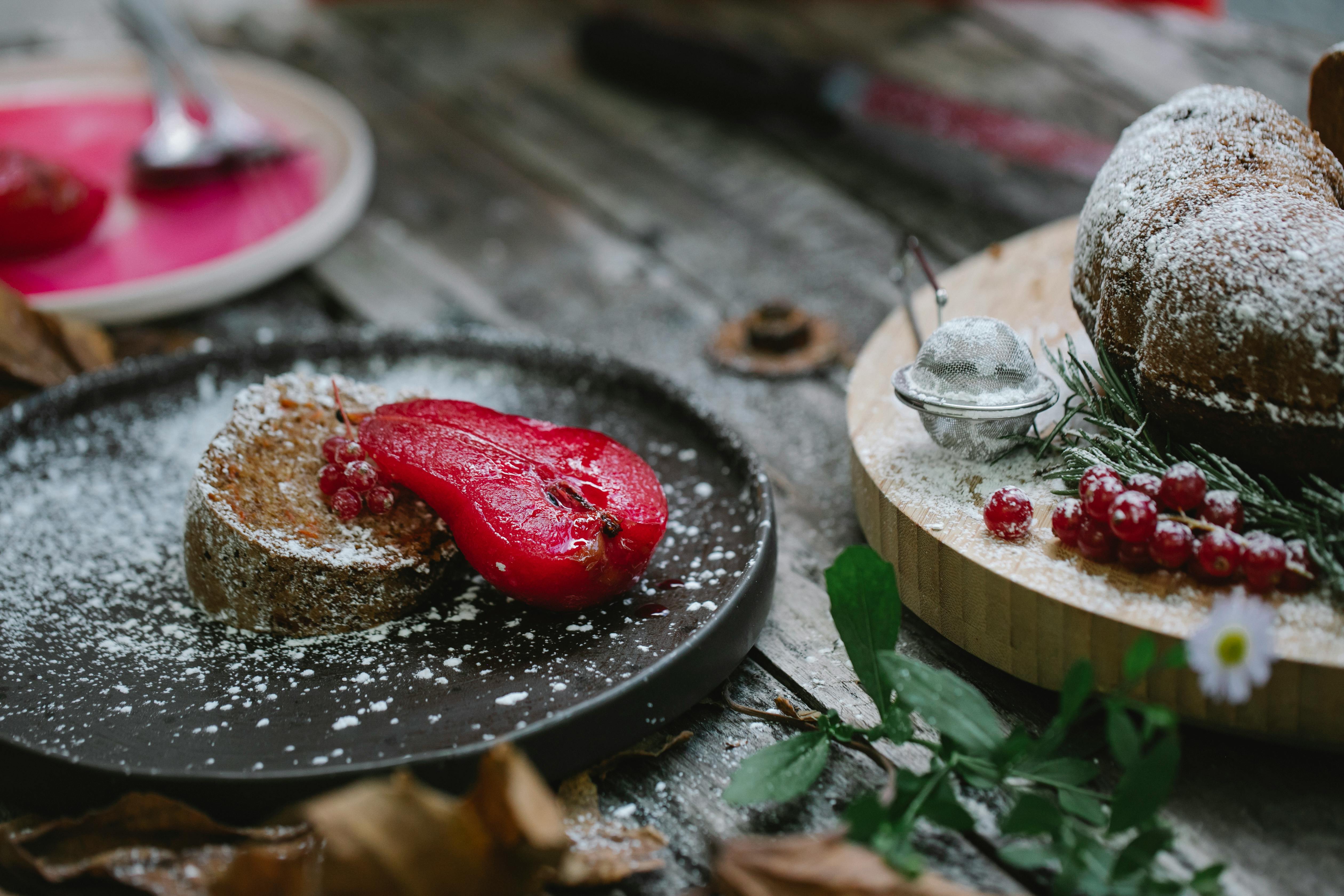The name of marble speaks for itself (marmaros, Gr. – shining stone). For several thousand years it has retained the right to be considered a decoration material, brilliant in all senses. Artists noted that it is a unique material for sculpture since ancient times. The Venus de Milo, the Parthenon, the Temple of Zeus on Olympus, the columns of the Temple of Artemis in Ephesus, one of the Seven Wonders of the World, were created of smooth white marble.
Due to its moderate hardness, this stone polishes perfectly and gives a soft shine from within. Under the rays of light penetrating the stone, the marble comes to life: a sparkling halo appears around it. It shines with pink, yellow, gray, blue, green, reddish, brown, black tones and surprises with its various combinations. Colored marble often has many “stone veins,” which are indentations filled with natural mixtures. In the Verona, Fossile Marrone, Jura, Rosso marble shears, an attentive eye will distinguish shapes of ancient mollusks, corals, petrified algae, shells. Some types of marble that have mixtures of quartz and pyrite sparkle with crystals and golden hues.
The variety in texture and color (from deep black to milky white, which, by the way, was adored by Michelangelo) makes it possible to bring the brightest ideas to life. Subject to the chosen colors, the “stone” interior can be warm or cold, massive or airy, luxurious or simple, dark or light.
marble processing.
Most stone working companies produce standard size marble flags: 300 x 300, 305 x 305, 400 x 400, 600 x 300 mm. The thickness varies from 10 to 20 mm and more, subject to the purpose. Considering the texture of the tiles, there are not too many ways to treat the surface of the marble: polished, honed, bush hammered, artificial aging.
Polishing and grinding emphasize the natural beauty of the stone. Bush-hammering adds useful anti-slip lines to the material. “Antique” becomes more and more popular, being preferred by lovers of the old in general and of the styling of old interiors. It is believed that imitation of natural aging (artificial aging) creates a special atmosphere of softness and warmth. Aged marble is widely used for floor coverings in modern restaurants and halls – with its help, designers try to add an air of authenticity to the interior. By artificially imitating this natural phenomenon, different degrees of aging can be obtained. This effect is achieved through a special surface treatment technology, which can include mechanical (including manual) and chemical influences. For example, to produce tabletops, wall and floor decoration, stone mosaics are often used. It is placed in a special barrel where the stones are rubbed against each other, acquiring rounded shapes.
marble application.
This decoration material is applied for interior and exterior decoration. Floors, walls, stairs, fireplaces, columns, tables, kitchen countertops, lamps, decorated with marble always look wonderful.
Marble properties.
Marble is durable, firm, weather resistant. However, with all its firmness it is still a soft and absorbent material. As is known, marble and schist are carbonate sediments that are vulnerable to acid, coloring agents, thermal shock. The marble surface must be protected from thermal shock – a hot cup of tea or coffee can be fatal for a table. It is possible to make marble stairs or floor surfaces, but the possibility of abrasive particles such as sand falling onto a marble surface should be avoided as they will scratch the stone.
When choosing a marble for wet rooms, it must be remembered that prolonged contact with water changes the color of the marble. The cause of this is the oxidation of ferruginous mineral mixtures. However, this material is more preferable for bathrooms than granite, since its structure is more porous, which provides a better bond.
